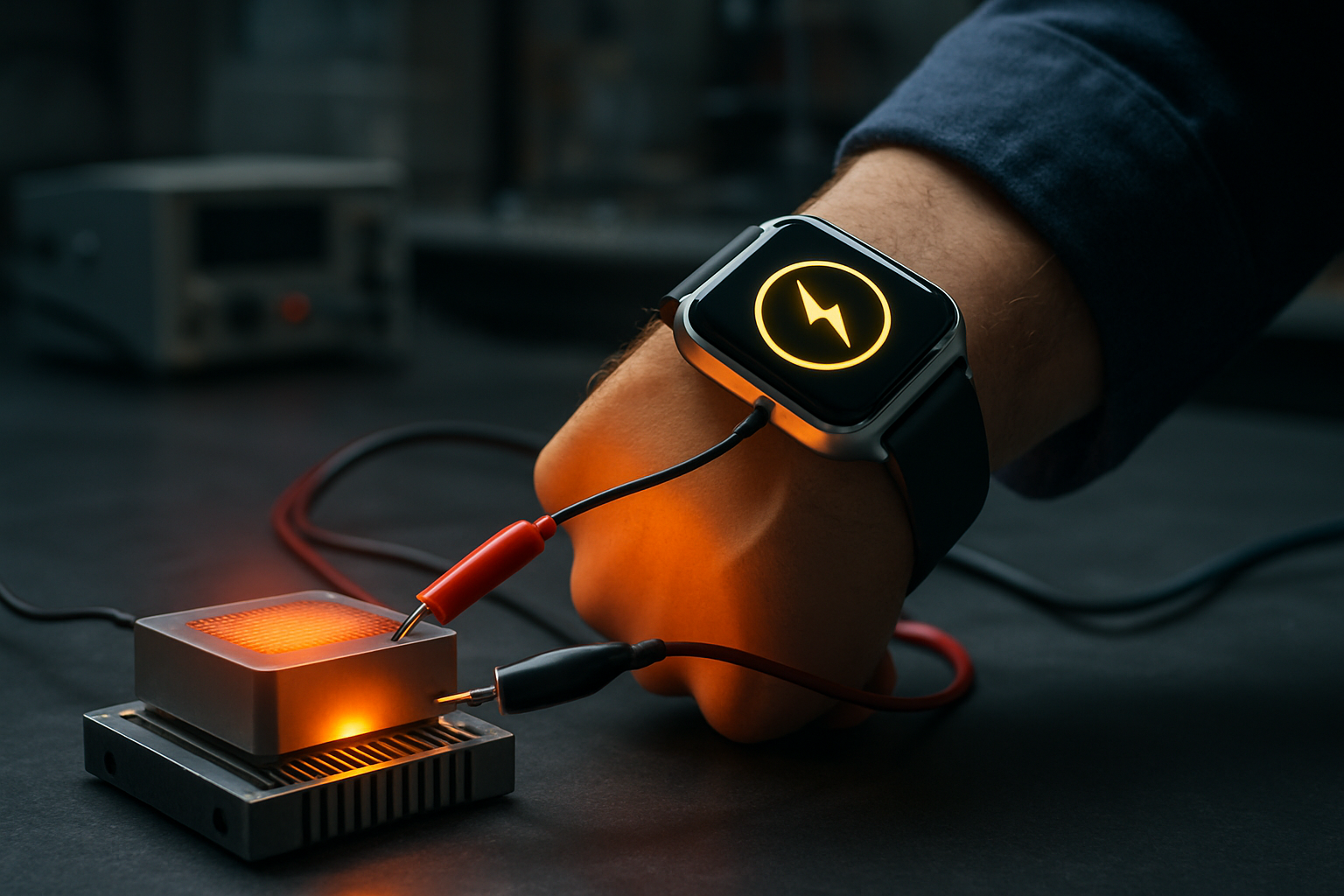How Power Banks Work and How to Choose One
Portable power banks are compact battery packs that store electrical energy and let you recharge mobile devices and small electronics when a wall outlet isn’t available. They vary in capacity, output ports, charging speed, and safety features. Knowing how they work, what the key specs mean, and how to match a power bank to your device can help you pick a unit that meets your daily needs without overspending.

What is a power bank?
A power bank is a portable external battery combined with circuitry that controls charging and discharging. It typically includes cells (often lithium-ion or lithium-polymer), input and output ports, and safety systems to protect against overcharge, short circuits, and overheating. Power banks convert stored DC energy to the voltage and current needed by your device, letting you top up phones, tablets, cameras, or other small electronics away from mains power.
How does a battery inside a power bank work?
The battery inside a power bank stores chemical energy and releases it as electrical energy through a controlled reaction. Common cell types are lithium-ion and lithium-polymer; both offer relatively high energy density for their size. Capacity is measured in milliamp-hours (mAh) and indicates total stored charge, but usable output is lower than rated capacity because of voltage conversion losses and internal resistance. Higher mAh means more recharges for your device, but also typically larger size and weight.
How to connect a charger to your power bank?
Many power banks allow charging via USB-C, micro-USB, or proprietary ports; modern models increasingly use USB-C for faster input and output. To recharge the power bank, connect a compatible charger to the bank’s input port using the correct cable. Charger wattage influences how quickly the bank itself refills: a higher-wattage charger can shorten recharge time if the power bank supports it. Always use a charger and cable rated for the bank’s input specifications to avoid slow charging or potential damage.
How to charge a mobile device safely?
When charging a mobile device from a power bank, use the cable and charging profile supported by your device. Many phones and tablets support fast-charging protocols (e.g., USB Power Delivery or Quick Charge); matching the protocol can speed up charging. Monitor temperature and disconnect if the device or bank becomes hot. Avoid using damaged cables or ports and keep the bank in a dry, ventilated place while charging. For long-term battery health, frequent top-ups are fine, but avoiding prolonged charging beyond full capacity helps preserve both device and bank.
Comparison of common power bank products and features
| Product/Service Name | Provider | Key Features |
|---|---|---|
| PowerCore 10000 | Anker | Compact form factor, single USB-A output, known for reliable build quality |
| 10000mAh Portable Charger | Xiaomi | Slim design, USB-A and USB-C options, often good capacity-to-price ratio |
| 20000mAh Power Bank | Aukey | Larger capacity for multiple recharges, multiple output ports for simultaneous charging |
| USB-C Battery Pack 10000 | Samsung | USB-C support, compatibility with many mobile devices, integrated safety circuitry |
What to consider for electronics compatibility?
Check the output voltage and current of a power bank against your electronics’ charging requirements. Smartphones typically accept 5V with varying amperage, while tablets often need higher currents. If your device supports USB Power Delivery or another fast-charge standard, choose a bank and cable that advertise that protocol. Also verify physical connector types—USB-C, Lightning (for some accessories), or USB-A—so you have the right cables for your local services and daily routines. Finally, consider size, weight, and carry options if you frequently travel with multiple devices.
Conclusion
Power banks offer a practical way to extend the runtime of mobile devices and small electronics by storing energy in portable battery cells and delivering it via standard charging ports. Paying attention to capacity, charging protocols, input/output ports, and safety protections will help you select a model suited to your usage pattern. Understanding these core aspects reduces guesswork and helps ensure reliable charging when you’re away from mains power.





